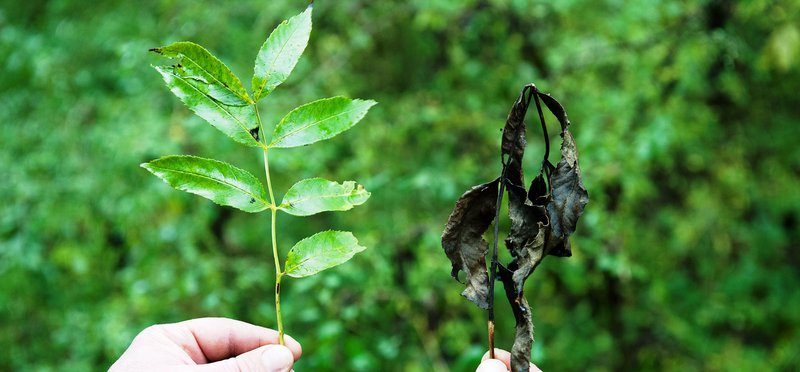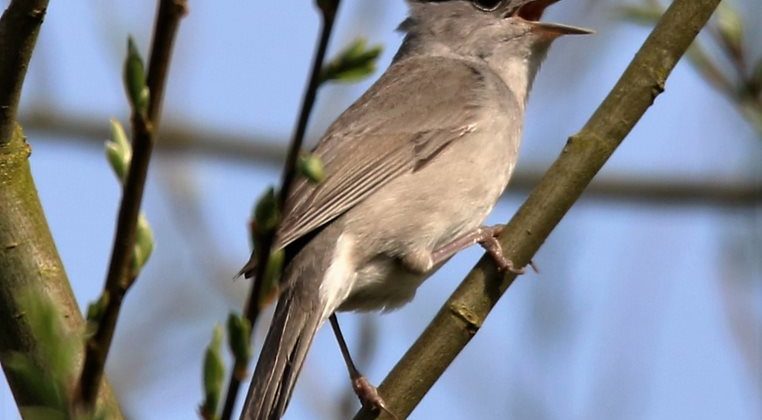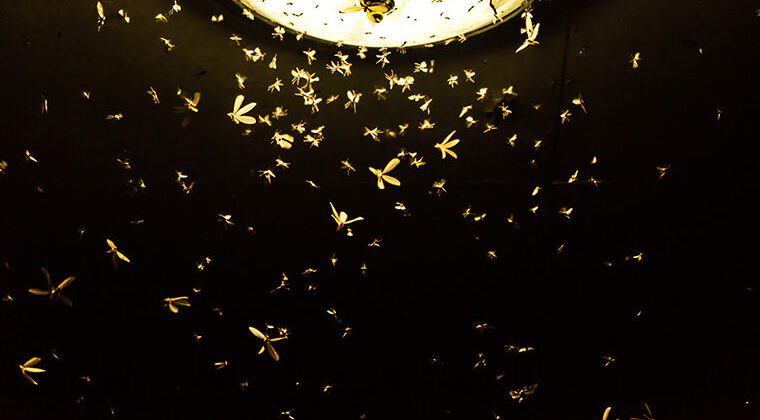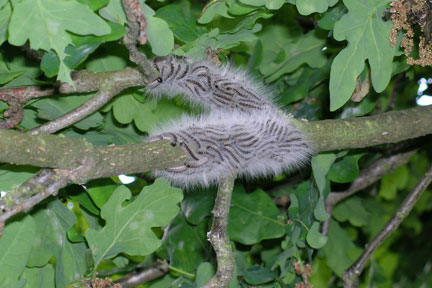
Britains Biodiversity Brexit
Lorum Ipsum
togel online
bento4d
situs togel online
situs togel resmi
toto togel
toto slot
situs hk
https://desasidetapa.id
toto togel
situs togel
toto togel
situs togel
toto slot
toto slot
https://www.kimiafarmabanten.com/
https://www.kimiafarmabogor.com/
rtp slot
rtp slot
https://www.kimiafarmajambi.com/
situs togel
https://www.kimiafarmajambi.com/
https://www.kimiafarmalampung.com/
toto togel
slot gacor
https://www.kimiafarmapontianak.com/
https://www.kimiafarmariau.com/
https://www.kimiafarmasurabaya.com/
bento4d
penidabet
situs togel resmi
data hk
bento4d
situs togel
situs toto
toto slot
toto slot
penidabet
toto slot
situs togel
penidabet
data macau
situs toto
slot gacor
situs toto
https://cabinindo.id/
bo togel
bento4d
situs togel
situs toto
situs togel
slot gacor
slot gacor
situs toto
situs toto
slot gacor
slot gacor
situs toto
bandar togel
slot gacor
situs togel
slot gacor
rtp slot
bento4d
situs gacor
bento4d
slot gacor
rtp slot
sydney night
slot gacor
situs slot gacor
situs slot terpercaya
toto slot
rtp slot gacor
slot gacor
link slot gacor
situs hk
bento4d
bento4d
link slot
bento4d
slot gacor
slot gacor
slot gacor
bento4d
togel online
bento4d
bandar togel
situs toto
bento4d
slot gacor hari ini
link slot
bento4d
toto togel
bento4d
bento4d
situs slot
bento4d alternatif
desapedawa.id
https://desaparhorboan.id
bento4d
bento4d
bento4d
situs slot
situs toto
slot gacor hari ini
bandar toto togel
bandar toto macau
bandar togel
slot gacor
situs toto
situs toto
rtp slot
bento4d
situs slot gacor
slot gacor
slot gacor hari ini
situs slot gacor
situs togel
toto slot online
bento4d
bento4d
bento4d
bento4d
bento4d
bandar togel
slot thailand
rtp slot
togel online
slot88
slot gacor
slot gacor
situs toto
bento4d
slot thailand
toto togel
link alternatif bento4d
situs slot resmi
toto slot
slot resmi
situs slot
situs hk
situs toto
link slot gacor
situs toto
situs togel
rtp slot
bento4d
bento4d
bento4d
slot gacor
bento4d
situs toto
situs togel
bento4d
rtp slot
situs hk
situs slot
bento4d
bento4d
slot gacor
link alternatif
bento4d resmi
Daftar Bento4d
toto togel
slot gacor
link slot
slot gacor
link slot
toto slot
slot thailand
situs togel
situs toto
situs hk
situs toto
situs toto
situs bola
bento4d
bento4d
bento4d
slot gacor
toto togel
toto slot
slot gacor
slot gacor
slot gacor
slot thailand
slot gacor
slot gacor
situs...





